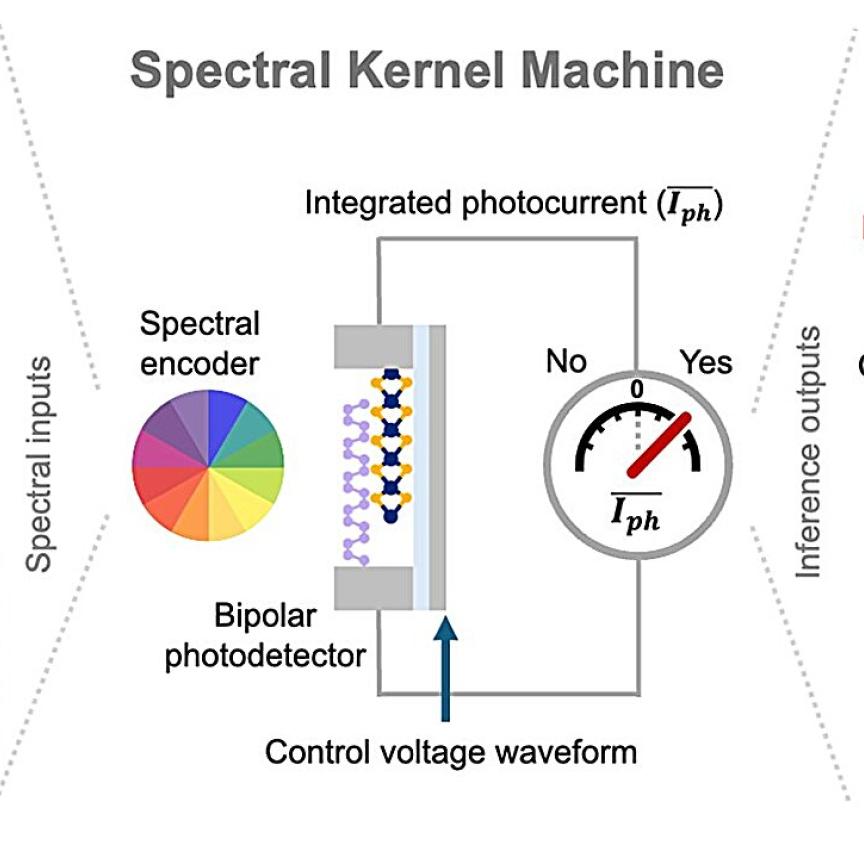It began with the passion for light, and the desire to use the light to see the invisible and change the world for better. 25 years ago, on February 23rd, 1995, Esko Herrala, Jukka Okkonen, and Timo Hyvärinen held a meeting that would mark the born of a new company, Specim. It would later become one of the pioneers in the spectral imaging field. Today, a quarter century later, that company is a global operator employing 70 people in Finland, US and China.
In the development forefront
Specim has always been at the forefront of developing spectral imaging technology from big and expensive equipment into smaller, faster, easier to use and more affordable cameras. As a result, they are now increasingly used in many different areas, from laboratories to fields and factories. All of the original founders are still involved in the day-to-day operation, believing in the technology and the products as strongly as ever.
Jukka, Esko, and Timo can look back to company history with pride. Over the past 25 years, Specim products have been inside an Egyptian tomb, determining a Monet painting authenticity, and studying plants in African deserts. They also achieved one important milestone set early on: to bring the technology to industrial use. Today, the cameras are also doing less glorious but equally important work on production lines, ensuring the quality and safety of the products.
“We are proud of what we have achieved together with our partners and customers over the years,” states Tapio Kallonen, Specim CEO. “We believe that hyperspectral imaging will take its place as a standard technology to machine vision solutions, and our aim is to make it easily accessible to also completely new user groups that are out there.”
The technology of the future
While research is still a major user group for spectral imaging cameras, also different industrial applications are adapting them into their sorting processes. The development is likely to continue, and the future looks bright for spectral imaging technology.
Specim is not going to rest on its laurels but wants to remain as the leader of its field. They have already made two product releases to kick off the anniversary celebrations, and are constantly developing new ways to help their customers. Jukka Okkonen commented on the latest product release: “We already have some plans for the AFX family, so let's see what the future holds."

